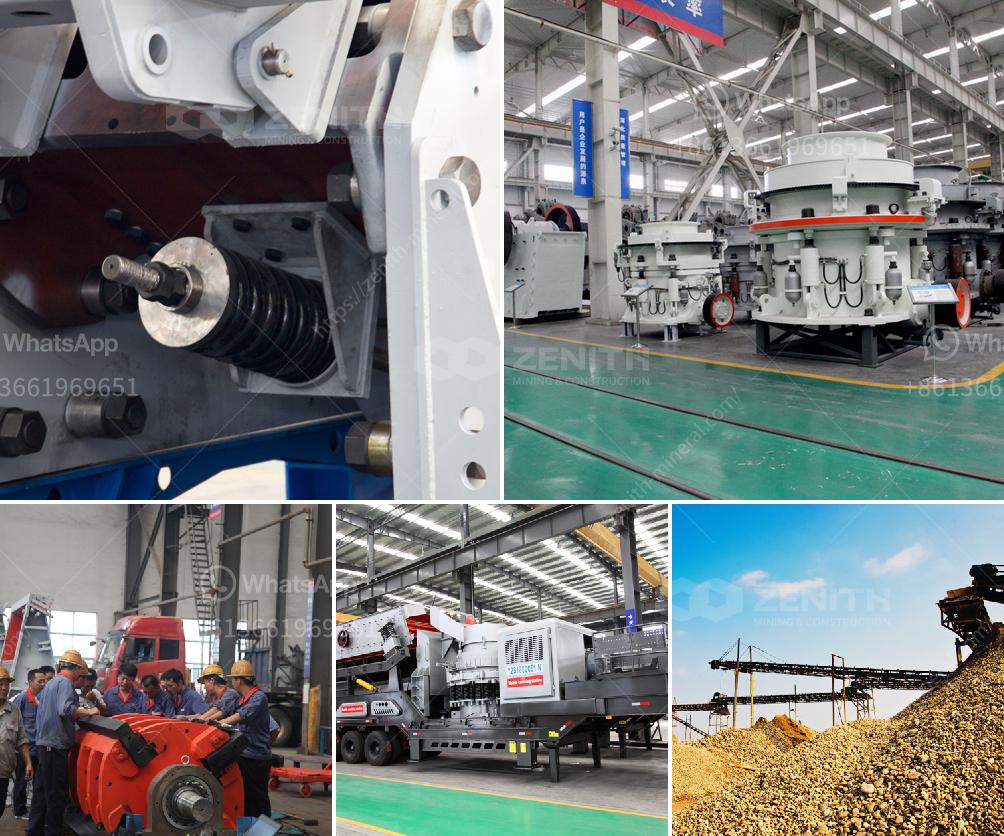Building a quarry involves several steps and considerations, ranging from site selection to the actual extraction of materials. Here’s a detailed guide on how to build a quarry:
1. Site Selection
- Geological Survey: Conduct a thorough geological survey to identify the type and quality of the material available. This involves drilling core samples and analyzing them.
- Environmental Impact Assessment (EIA): Assess the potential environmental impact of the quarry. This includes studying the effects on local wildlife, water sources, and air quality.
- Zoning and Permits: Ensure the site is zoned for quarrying and obtain all necessary permits from local, state, and federal authorities.
2. Planning and Design
- Quarry Layout: Design the layout of the quarry, including the location of access roads, processing facilities, and waste disposal areas.
- Safety Measures: Plan for safety measures, including fencing, signage, and emergency response plans.
- Water Management: Design systems for managing water, including drainage, sediment control, and water recycling.
3. Equipment and Infrastructure
- Machinery: Acquire the necessary machinery, such as excavators, loaders, crushers, and conveyors.
- Infrastructure: Build the required infrastructure, including access roads, power supply, and water supply systems.
- Processing Plant: Set up a processing plant to crush, screen, and wash the extracted material.
4. Extraction Process
- Drilling and Blasting: Use drilling and blasting techniques to break up the rock. This involves drilling holes, filling them with explosives, and detonating them.
- Loading and Hauling: Load the broken rock onto trucks or conveyors and transport it to the processing plant.
- Crushing and Screening: Crush the rock into smaller pieces and screen it to separate different sizes of material.
5. Environmental Management
- Dust Control: Implement measures to control dust, such as water sprays and dust collectors.
- Noise Control: Use noise barriers and limit blasting to certain times of the day to minimize noise pollution.
- Rehabilitation: Plan for the rehabilitation of the quarry site after extraction is complete. This may involve filling in the quarry, planting vegetation, and restoring the landscape.
6. Operational Management
- Staff Training: Train staff on the safe and efficient operation of machinery and adherence to safety protocols.
- Maintenance: Regularly maintain equipment to ensure it operates efficiently and safely.
- Monitoring: Continuously monitor the quarry’s operations to ensure compliance with environmental and safety regulations.
7. Legal and Regulatory Compliance
- Reporting: Regularly report to regulatory authorities on the quarry’s operations, including production volumes, environmental impact, and safety incidents.
- Inspections: Prepare for regular inspections by regulatory authorities and address any issues they identify.
8. Community Relations
- Engagement: Engage with the local community to address their concerns and keep them informed about the quarry’s operations.
- Benefits: Highlight the benefits of the quarry, such as job creation and contributions to the local economy.
Conclusion
Building a quarry is a complex process that requires careful planning, adherence to regulations, and ongoing management. By following these steps, you can ensure that your quarry operates efficiently, safely, and with minimal environmental impact.

